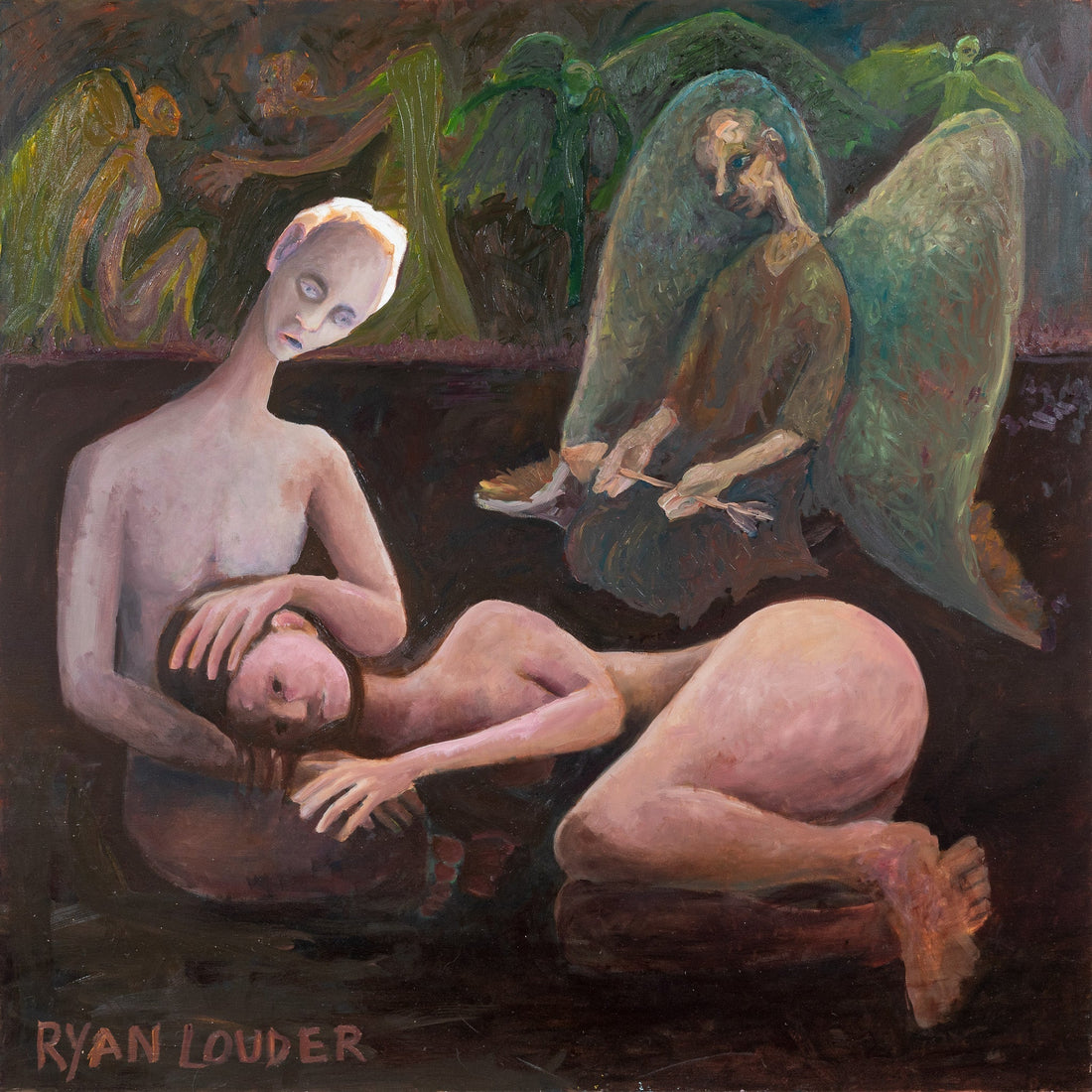
PLANET THEORY - A Formula to Avoid Your Past Relationship Mistakes
Share
PLANET THEORY
A Formula to Avoid Your Past Relationship Mistakes
by Ryan Louder
Over thirty years, I’ve made some of the worst decisions imaginable in life and career. I stumbled into some success just through sheer volume of creation be it music or art. Two years ago was by far the worst time of my life and I have searched and researched for reconstruction of mind and soul. One day it appeared complete. “Planet Theory” I’m publishing this in case it resonates with others and helps them in the same way it’s helping me. I’ll refine this theory and this article. The simplicity though is what makes it a complete theory and guide for me and maybe for you.
Planet Theory: How It Came to Be
Over the past year, I’ve learned to harness the vivid, fully formed hallucinations visual, auditory, and thought, that flow through my waking life—complete visual scenes and melodies that simply appear, unbidden. They’re not daydreams or imagined sketches: they arrive whole, like a finished painting or composed symphony, without any conscious planning. Planet Theory appeared this way. It maps people to four cosmic archetypes based on how they attract, sustain, or fracture connections. Here are the relationship dynamics at its core:
Relationship Types
Planet ↔️ Planet
- Mutual Harmony: Two planets orbit each other around a shared center—neither dominates, both give and take in equal measure.
- Intensity & Rarity: Each brings strong gravity, so their meeting crackles with energy—an electrifying cosmic dance.
-
Risks:
- One planet’s pull can overwhelm the other, attempting to collapse it into a moon.
- Misaligned trajectories can send them crashing, shattering both.
-
- Reward: When balanced, this is the deepest, most creative partnership—each amplifies the other’s light.
Planet ↔️ Moon
- Complementary Roles: The planet provides stability and direction; the moon modulates emotional tides, adding cyclical depth.
-
Drama Spectrum:
- To some planets, moons seem steady—perhaps “quiet”—but their influence shapes inner worlds.
- To black holes, moons look insignificant, lacking strong pull.
-
- Creative Potential: Together, they generate rich, textured worlds—moons spark inspiration and rhythm.
- Power Imbalance: The planet holds sway; if unchecked, this can feel restrictive. Yet countless planet–moon pairs thrive in loving, lasting bonds.
Moon ↔️ Moon
- Calm Synchrony: Two moons together orbit gently—no one body dominates, and no one body shines alone.
-
Perception vs. Preference:
- To high-gravity archetypes, a moon–moon pairing may seem stagnant or low-key.
- But when both moons value peace over passion, their relationship can be deeply satisfying—steady, predictable, and drama-free.
-
- Limitations: They may lack the spark of great creative leaps, but for those who crave harmony, moon–moon bonds offer quiet beauty.
Black Hole ↔️ Others
- Unconscious Destruction: Black holes were once planets, but through often a traumatic childhood, they are denied full planetary formation and instead collapse into themselves, and an unstoppable black hole is formed. Gravity is so intense and can be incredibly attractive to planets. But within a relationship, any planet or moon drawn close will be crushed or consumed.
- Lack of Awareness: Most black holes don’t recognize their own pull; they believe they’re seeking connection even as they inflict damage.
-
Cycle of Blame:
- They attract bright, hopeful planets.
- They crush them, sometimes reducing them to moons or obliterating them entirely.
- They play the victim—calling planets “black holes”—and remain oblivious to their own darkness. They rarely if ever self analyze or criticise themselves.
Stasis: Without profound healing, black holes rarely change; their core gravity stays destructive.
By understanding these dynamics—mapped out recently as my hallucinations found focus—you can better choose where to invest your energy, set healthy boundaries, and recognize when even a brilliant gravitational connection carries hidden dangers.